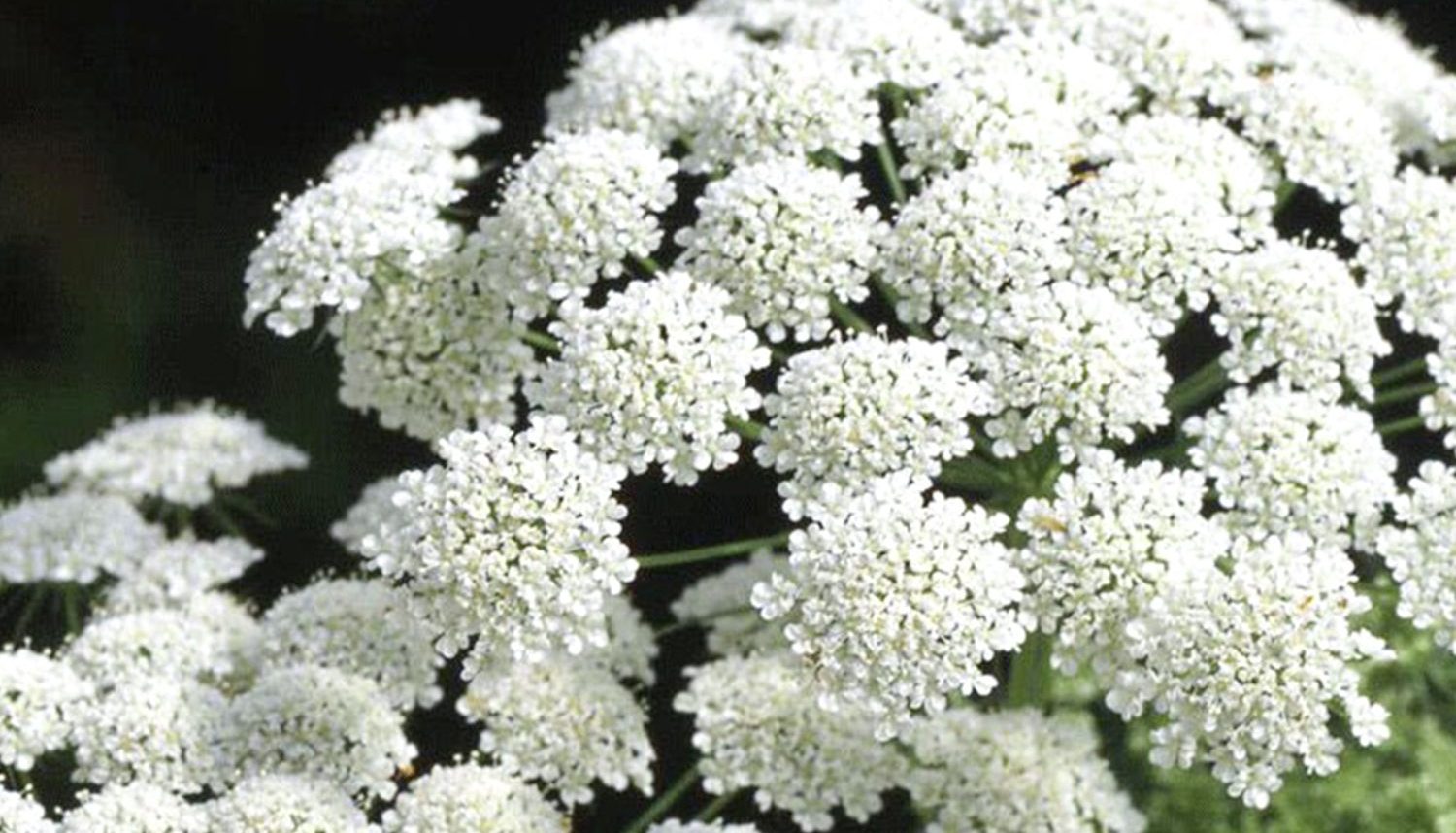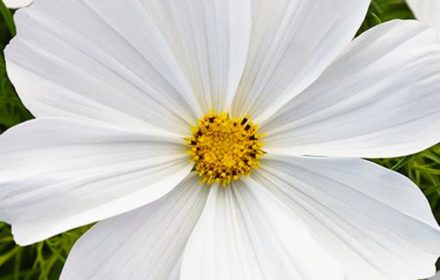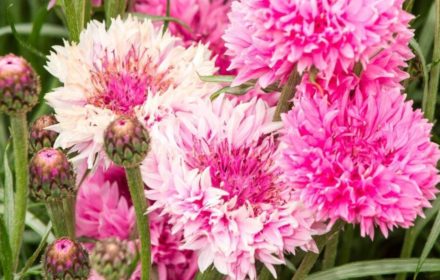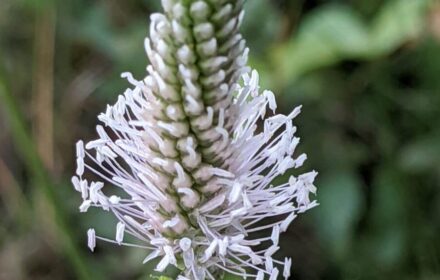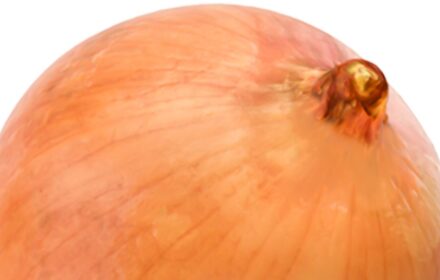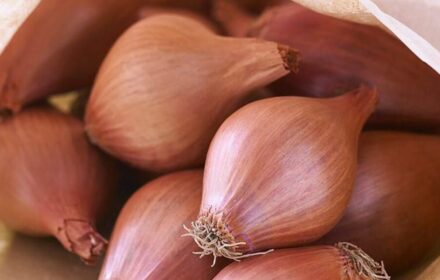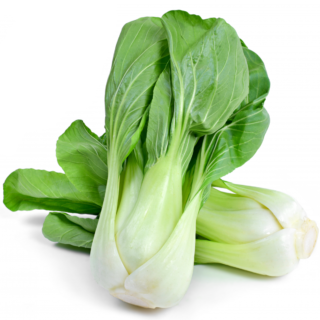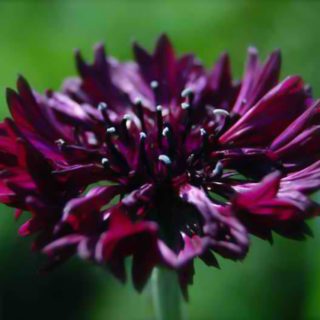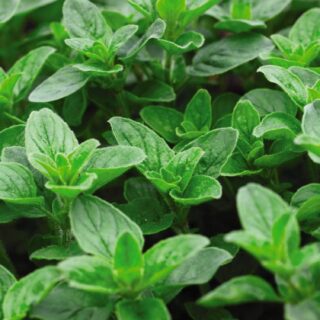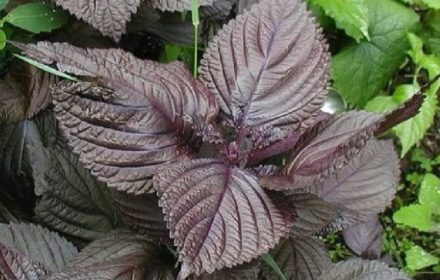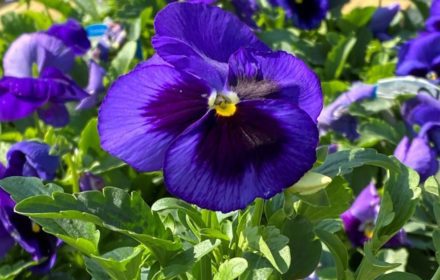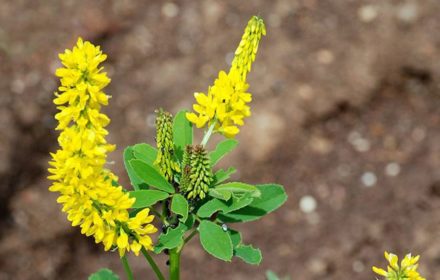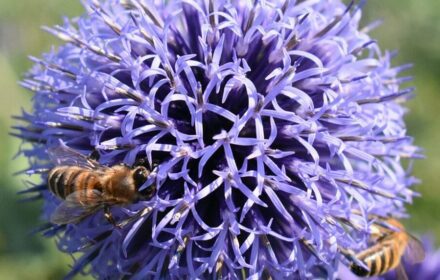How to Grow Giant Ammi Majus from Seeds
Giant Ammi Majus, also known as Bishop’s Flower, Lace Flower, or Bullwort, is a striking hardy annual that produces large, white, umbrella-shaped blooms. Its delicate, airy flowers are reminiscent of cow parsley or Queen Anne’s Lace and add a graceful, ethereal quality to garden borders and flower arrangements. Growing up to 140 cm in height, Ammi Majus is ideal for cutting gardens, wildflower meadows, and cottage gardens, with a spread of up to 50 cm. This self-seeding plant is easy to grow and perfect for creating natural, informal displays. Follow this guide to successfully sow and grow Giant Ammi Majus seeds in your UK garden.
When and Where to Sow Giant Ammi Majus Seeds
- Outdoor Sowing: Sow seeds directly outdoors from late spring to early summer (April to June) once the risk of frost has passed. Choose a sunny or partially shaded spot with well-drained soil. This timing ensures the seeds have the warmth they need to germinate and grow.
- Indoor Sowing: For an earlier start, sow seeds indoors 6-8 weeks before the last expected frost (typically from February to April). This allows the seedlings to establish before being transplanted outdoors.
Ideal Growing Conditions for Giant Ammi Majus Plants
- Soil Requirements: Ammi Majus thrives in well-drained, fertile soil. It prefers a neutral to slightly alkaline pH (6.5-7.5). Prepare the soil by removing weeds and incorporating compost or well-rotted manure to provide the necessary nutrients.
- Sunlight: Choose a sunny location for the best growth and flowering. While Ammi Majus can tolerate partial shade, full sun will encourage the strongest stems and most abundant blooms.
- Temperature: Ideal germination temperatures range from 12-24°C (54-75°F). In colder months, use a heated propagator or place pots in a warm, bright location to achieve these temperatures.
How to Sow Giant Ammi Majus Seeds Outdoors
- Preparing the Soil: Select a well-drained spot in the garden and prepare the soil by removing any weeds and raking it to a fine tilth. Ammi Majus does well in soil that is slightly enriched but not overly rich.
- Sowing Depth and Spacing: Scatter the seeds thinly on the soil surface, pressing them gently into the soil. Do not cover the seeds completely, as they need light to germinate. Space rows about 30-40 cm (12-16 inches) apart to allow for good airflow and plant development.
- Watering: Water gently to moisten the soil, but avoid waterlogging. Keep the soil consistently moist throughout the germination period, which typically takes 14-21 days.
- Thinning: Once the seedlings are large enough to handle and have developed a few true leaves, thin them to about 30-40 cm apart. Thinned plants can be transplanted elsewhere or used in container plantings.
How to Sow Giant Ammi Majus Seeds Indoors
- Sowing in Pots or Trays: Fill seed trays or small pots with a fine seed compost. Sprinkle the seeds thinly on the surface and press gently into the compost. Do not cover them, as they need light to germinate.
- Germination Conditions: Place the pots in a bright location, such as a windowsill or greenhouse. Maintain a temperature of 12-24°C (54-75°F). Cover with a clear plastic lid or polythene bag to create a humid environment, ensuring good ventilation to prevent mould.
- Watering: Keep the compost consistently moist but not waterlogged. Water gently using a fine spray or watering can to avoid disturbing the seeds.
- Transplanting Seedlings: When the seedlings have several true leaves and are sturdy enough to handle, transplant them into individual pots to grow on. Allow them to develop strong roots before planting out.
- Hardening Off: Gradually acclimatise the seedlings to outdoor conditions by placing them outside during the day and bringing them in at night for 7-10 days before planting out in their final positions.
Caring for Giant Ammi Majus Plants
- Watering: Water regularly to keep the soil moist, especially during dry spells. Ammi Majus prefers consistent moisture but can tolerate short periods of drought once established.
- Feeding: Apply a balanced, general-purpose fertiliser once or twice during the growing season to support healthy growth and abundant flowering. Avoid over-fertilising, as this can lead to excessive foliage growth with fewer blooms.
- Supporting Plants: Tall Ammi Majus plants may require staking, especially in windy areas. Use canes or stakes to support the plants as they grow, preventing them from flopping over.
- Deadheading: Remove spent flowers regularly to encourage further blooming and maintain a tidy appearance. Deadheading also helps prevent unwanted self-seeding.
Using Giant Ammi Majus in the Garden
- Borders and Beds: Plant Ammi Majus in borders and beds alongside other tall perennials and annuals like foxgloves, delphiniums, and cosmos. Its airy, delicate blooms add height and texture to garden displays.
- Cut Flowers: Ammi Majus is a popular choice for cut flower arrangements. Harvest the blooms when they are fully open, cutting the stems early in the morning or late in the evening. Place them immediately in water to extend their vase life.
- Wildflower Meadows: Use Ammi Majus in wildflower meadows or naturalistic plantings to attract beneficial insects like bees and butterflies. Its self-seeding habit means it will return year after year if conditions are favourable.
Common Issues and Tips for Growing Ammi Majus
- Slow Germination: Ammi Majus seeds can be slow to germinate. Ensure they receive plenty of light and maintain a consistent temperature to promote germination. Be patient and avoid disturbing the soil during this period.
- Pest Control: Ammi Majus is generally pest-free, but young plants can be susceptible to slugs and snails. Use organic slug pellets or copper tape around pots and seed trays to protect seedlings.
- Preventing Leggy Growth: If the seedlings become leggy or spindly, they may not be receiving enough light. Move them to a brighter location or provide supplementary lighting to encourage strong, bushy growth.
Common Questions About Growing Giant Ammi Majus
- Can Ammi Majus be grown in containers? Yes, Ammi Majus can be grown in large containers or pots. Ensure the container is deep enough to support the root system and use a well-draining compost. Water regularly and provide support as needed.
- Will Ammi Majus self-seed? Yes, Ammi Majus is a self-seeding annual. If you allow some flowers to go to seed, they will naturally reseed and reappear in the garden the following year. To control where they grow, remove spent flowers before seeds are set.
- Can Ammi Majus be grown in partial shade? While Ammi Majus prefers full sun, it can tolerate partial shade. However, flowering may be reduced in shadier spots, and the plants may become taller and less sturdy.
By following these steps, you can enjoy the delicate beauty of Giant Ammi Majus in your garden. Its lacy blooms and graceful form make it a versatile and attractive addition to any garden setting, providing structure and elegance throughout the growing season.

